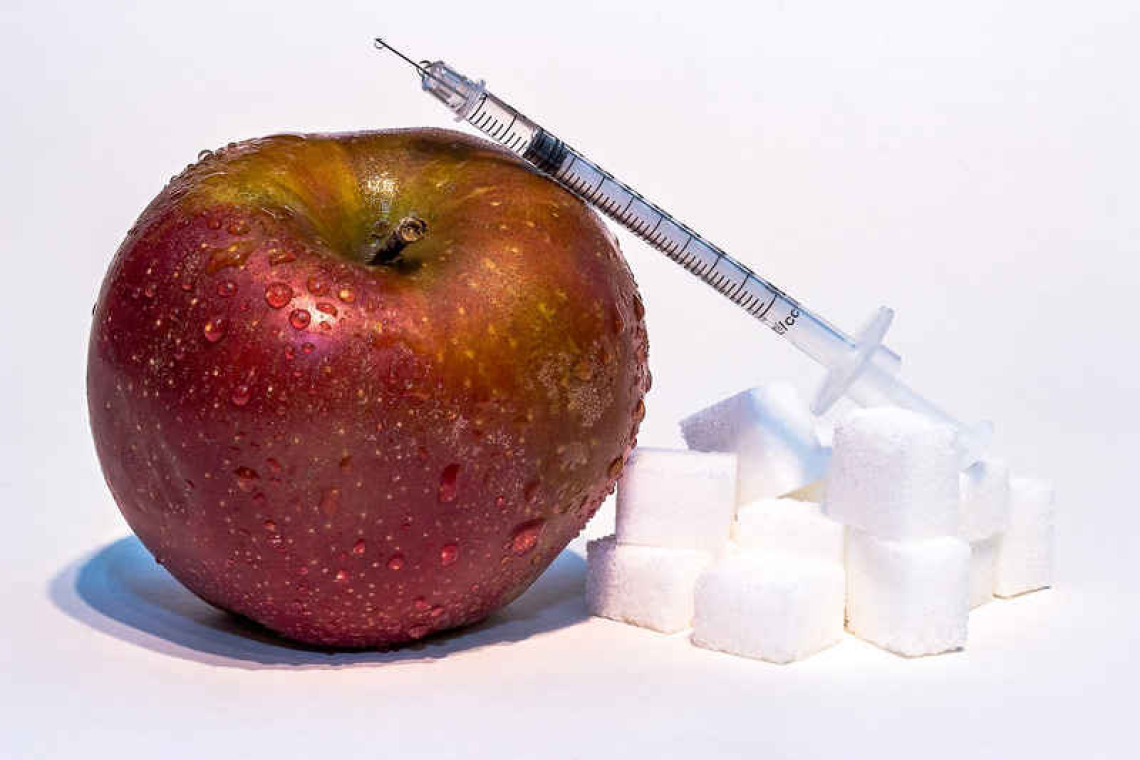By Dr. Colin Michie FRCPCH
Insulin is a hormone released into the blood by the pancreas. It keeps us alive, minute by minute, and is anabolic—a growth factor that helps build our cells.
Glucose is the primary fuel for all cells. Insulin controls our metabolisms by guiding glucose from the blood into each living cell—it is our only hormone that lowers blood sugar levels. Insulin promotes protein building and fat storage in certain cells. Insulin released from the pancreas acts quickly, within minutes; the pancreas responds rapidly to changes in glucose levels. Much of the insulin we produce directs glucose into the liver. The liver, located next to the pancreas in the upper abdomen, shares its blood supply and stores about 100 grams of glycogen made from that glucose.
Insulin becomes particularly significant as we celebrate and feast during these festive weeks. Without it, glucose levels in the blood rise. High glucose levels cause thirst and increased urine production. This is evident in children suffering from type 1 diabetes who cannot produce insulin. An early sign of type 1 diabetes is a child beginning to wet the bed at night, despite having been previously dry. Insulin deficiency also causes muscle wasting and leads to collapse and death over several months unless insulin treatment is initiated.
The pancreas produces hormones in specialised groups of cells called "islets," or little islands. The name "insuline," later shortened to insulin, was derived from these islets. Insulin is produced by the beta cells in these structures. Within a year of insulin’s isolation in 1921, an extract from pig pancreas islets was tested on a teenage patient in Toronto in 1922. His glucose levels fell, and his life was saved. Originally, insulin was extracted from animal glands—their hormones closely resemble ours—but these preparations often caused allergic reactions. Insulin cannot survive stomach enzymes and therefore does not work when taken orally, but it is effective when injected into fat under the skin.
Insulin was the first protein hormone to be synthesised using DNA technologies. The human insulin gene was inserted into Escherichia coli bacteria, enabling the production of safer insulin preparations with fewer side effects. Insulin produced by genetically engineered bacteria has since been modified in various ways to act quickly, like natural pancreatic insulin, or slowly, over longer periods, to reduce the need for frequent injections. Advances in chemical, electronic, and mechanical engineering have led to the development of insulin pumps that deliver insulin continuously under the skin, mimicking the function of islets. Smart pumps, combined with wearable sensors, detect glucose levels in tissue fluid and deliver insulin as required. Such technologies are progressively reducing the devastating effects of high glucose levels.
Insulin has uses beyond diabetes management. For example, when applied to burns or superficial skin injuries, it stimulates healing. This effect extends to damaged corneas, where small amounts of insulin sprayed onto the eye accelerate recovery from trauma or surgical procedures. In hospitals, insulin is often administered alongside intravenous nutrition to promote tissue growth and restore lost body mass after prolonged bed rest, such as following intensive care.
However, insulin is sometimes misused. Certain recreational athletes exploit it to enhance bodybuilding routines, increasing muscle glycogen stores. Muscles store most of our glycogen—about 300 grams—needed for high-performance activities. Although insulin use, combined with suitable diets and exercise, may appear beneficial, it is risky. Excessive drops in blood sugar can be fatal. Brain cells rely exclusively on glucose, and a rapid decline in glucose levels can cause "brain" symptoms, including fatigue, dizziness, sweating, blurred vision, confusion, convulsions, and loss of consciousness. These symptoms indicate a brain starved of glucose and require immediate treatment with a sugary drink, fruit juice, or glucose tablets.
Some functions of insulin appear unrelated to its role in glucose regulation. For instance, cardiologists use an intravenous solution containing insulin, potassium, and glucose to stabilise abnormal heart rhythms. A similar solution helps preserve organs for transplantation, keeping them viable for longer. Insulin can also be delivered intranasally, where it is absorbed into blood vessels in the nasal cavity, reaching the brain. This method supports nerve cells responsible for smell and is being trialled as a treatment for anosmia—the loss of smell—often reported after COVID-19 infections.
The health benefits of this islet hormone continue to expand. The therapies and applications pioneered over a century ago are yielding an ever-growing harvest of medical advancements.
Dr. Colin Michie specializes in paediatrics, nutrition, and immunology. Michie has worked in the UK, southern Africa and Ghaza as a paediatrician and educator and was the associate Academic Dean for the American University of the Caribbean Medical School in Sint Maarten a few years ago.







